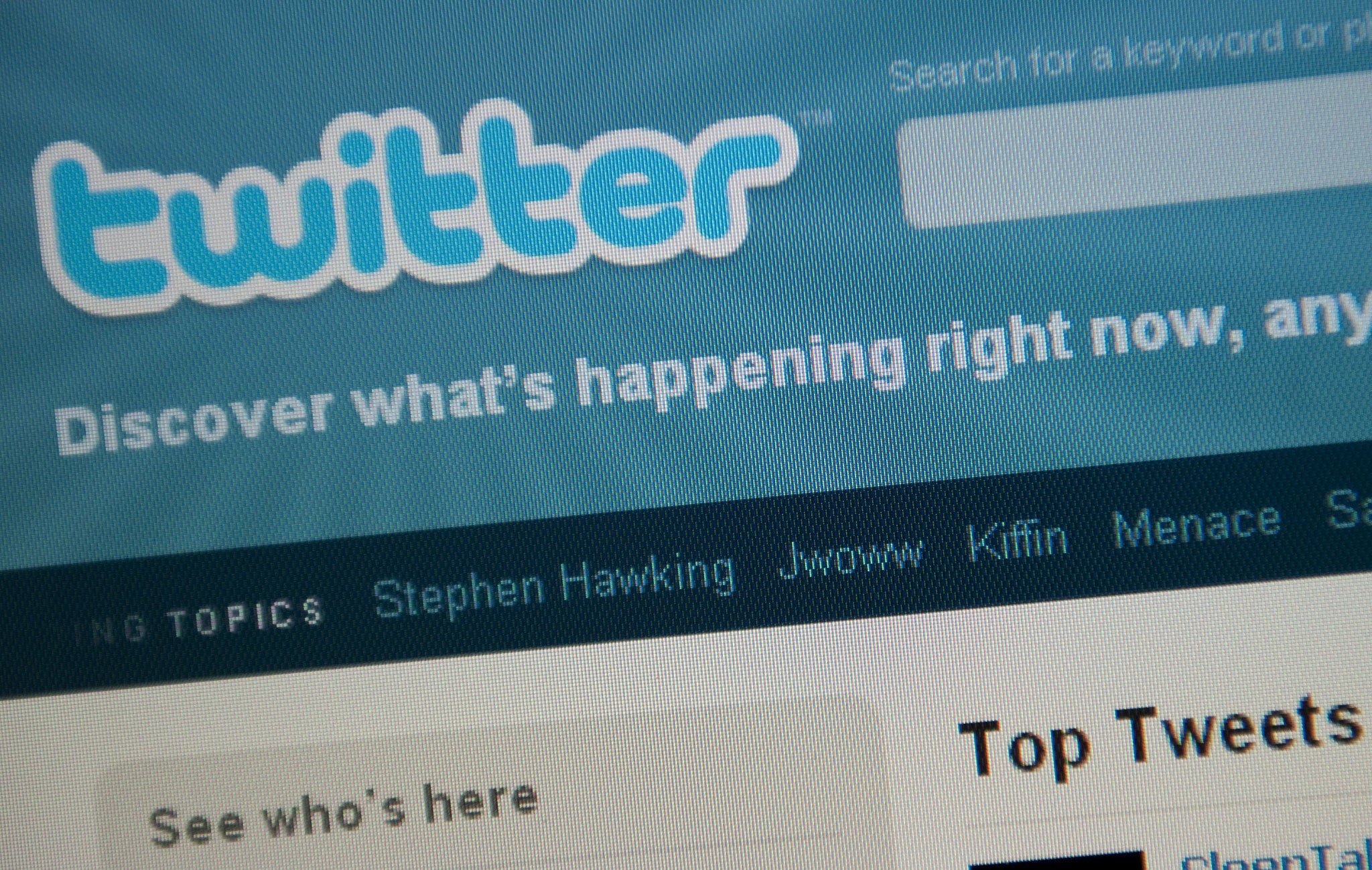How did the hashtag become the most popular button on the keyboard?
This symbol, like so many other irritating things, was spawned by Twitter

Your support helps us to tell the story
From reproductive rights to climate change to Big Tech, The Independent is on the ground when the story is developing. Whether it's investigating the financials of Elon Musk's pro-Trump PAC or producing our latest documentary, 'The A Word', which shines a light on the American women fighting for reproductive rights, we know how important it is to parse out the facts from the messaging.
At such a critical moment in US history, we need reporters on the ground. Your donation allows us to keep sending journalists to speak to both sides of the story.
The Independent is trusted by Americans across the entire political spectrum. And unlike many other quality news outlets, we choose not to lock Americans out of our reporting and analysis with paywalls. We believe quality journalism should be available to everyone, paid for by those who can afford it.
Your support makes all the difference.Air quotes used to be a reliable indicator of the best person to avoid at parties. You know, the guy who surrounds every other word with ironic crooked fingers because he doesn’t have a personality. David Brent loved to use air quotes. And if The Office were still on air now, I’m fairly sure that he would love to use “hashtag” in his banter. It’s an irritating verbal tic, spawned like so many irritating things – celebrity spats, selfies, Sally Bercow’s career – by Twitter. On Twitter, it is a handy way of grouping and searching for topics. Off Twitter, it is meaningless emphasis and a handy way of signalling that you’re quite annoying. Sorry, #quiteannoying.
Either way, the humble hash key, once useful only for telephone banking and Odeon booking lines, is having a moment. Hidden amid more useful punctuation on the keyboard (or on a Mac, not there at all), it is now ubiquitous as social media shorthand. If you have something to say about #Prism, for example, and want to make sure everyone (lawfully) sees it too, and then to see everyone’s posts on it – # is the key.
The idea of grouping by using # on Twitter was first trialled in 2007. Since then, it has been enthusiastically if erratically embraced. Millions now watch television with one eye on the fast spooling #theapprentice or #bbcqt feeds. Susan Boyle’s record company, on the other hand, didn’t get quite the buzz it was looking for with #susanalbumparty. Elsewhere their original function has been all but lost with hashtags used for ironic asides, marketing aids or simply trivia – #breakfast.
Now Facebook is stealing the hashtag for its site, too. It’s about sharing and connecting, it says. With advertisers, I say. It’s also a sign that hashtag is here to stay, another dubious gift to language from social media. Laughing out loud has gone from a real thing that humans do to an internet abbreviation and then back into speech as LOL. People say “sad face” to one another instead of really expressing sadness. Looked at in this context, the hashtag – a meaningless, fairly useless, often silly tool for oversharing – might just be the perfect symbol of our times.
Top point from Caroline Lucas
Femen’s bare breasts and Pussy Riot’s neon balaclavas are all very striking but sometimes simple shouts loudest. Caroline Lucas, Green MP for Brighton Pavilion, wore a T-shirt with the slogan No More Page Three during a Commons debate on media sexism this week. There was nothing flashy about it, certainly nothing to shock anyone who grew up in the 80s surrounded by Katharine Hamnett protest singlets and chests shouting Frankie Says Relax in black and white. It got Jimmy Hood, the Labour chair of the session, hot under the collar nevertheless. “Order! Order! I would ask the Honorable Member to respect the standards of dress and to put her jacket back on please”, he bleated, in a classic Weird World of Westminster moment.
Lucas – now brandishing some Page 3 nipples which sent Hood into further panicky spasms of Order! Order! Order! - pointed out the irony that her baggy t-shirt could be taken as offensive when tabloids featuring topless young girls were on sale in eight different outlets on the parliamentary estate. Provocation, reaction, smackdown - it was a perfect piece of protest.
It also raised an intriguing question – what are these “standards of dress” that must be upheld in the House? The only stipulation in the parliamentary rulebook is that military insignia and uniforms must not be worn, while the custom, it states, is for “gentlemen members to wear jackets and ties”. The custom for “lady members” remains a mystery. One t-shirt, two points excellently made.
Join our commenting forum
Join thought-provoking conversations, follow other Independent readers and see their replies
Comments